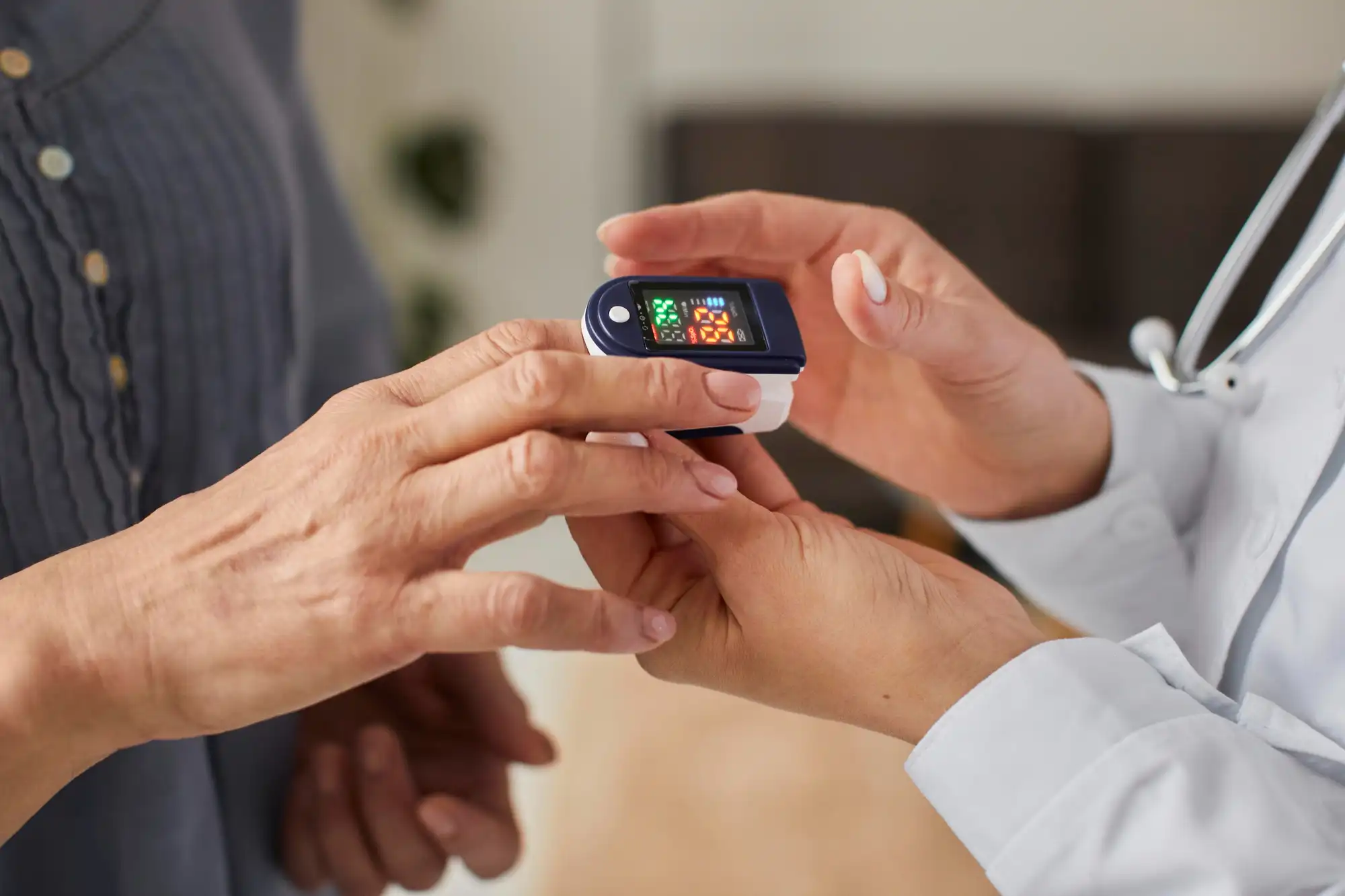Introduction:
November 14th marks World Diabetes Day, a global awareness campaign aimed at educating people about diabetes and its effects. This year’s theme, “Access to Diabetes Care,” highlights the importance of equal access to healthcare for all individuals living with diabetes. In this blog, we’ll delve into the world of diabetes, exploring its types, symptoms, and management strategies.
What is Diabetes?
Diabetes is a chronic condition characterized by elevated blood sugar levels due to the body’s inability to produce or effectively use insulin. There are two primary types:
1. Type 1 Diabetes: An autoimmune disease where the pancreas stops producing insulin.
2. Type 2 Diabetes: The body becomes resistant to insulin, often due to lifestyle factors.
Symptoms and Risk Factors:
Recognize the warning signs:
– Increased thirst and urination
– Fatigue
– Blurred vision
– Slow healing wounds
– Tingling hands and feet
Risk factors include:
– Family history
– Obesity
– Sedentary lifestyle
– Unhealthy diet
– Age (45+)
Managing Diabetes:
While diabetes requires lifelong management, simple lifestyle changes can significantly improve quality of life:
1. Healthy Eating: Balanced diet, portion control, and mindful carbohydrate intake.
2. Regular Exercise: Aim for 150 minutes of moderate-intensity aerobic exercise per week.
3. Monitoring Blood Sugar: Regularly track glucose levels.
4. Medication Adherence: Follow prescribed treatment plans.
5. Stress Management: Practice relaxation techniques.
Access to Diabetes Care:
This year’s theme emphasizes the need for equal access to healthcare. Ensure you:
1. Consult a Healthcare Professional: Regular check-ups and screenings.
2. Get Educated: Understand diabetes management and complications.
3. Join Support Groups: Connect with others living with diabetes.
Conclusion:
World Diabetes Day serves as a reminder to prioritize our health and well-being. By understanding diabetes, its symptoms, and management strategies, we can take control of our lives. Let’s work together to ensure equal access to diabetes care and promote a healthier future.


